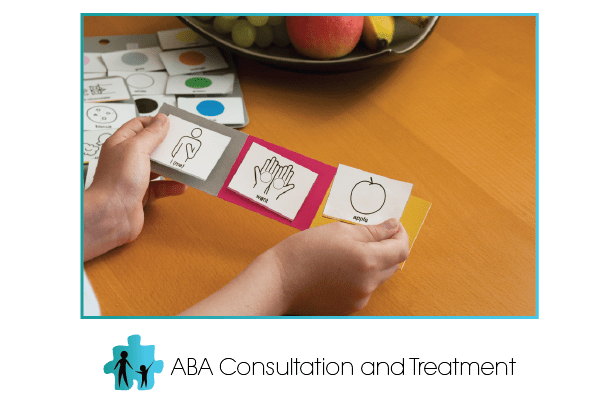Welcome back to our last installment of our “Preparing for a Successful Thanksgiving” blog series. In this installment we will be reviewing strategies to support food aversions and picky eaters.
For most of us, Thanksgiving is about eating…a lot! But anyone with a child can tell you that getting them to try new or different foods is likely to be a challenge. Ask the parent of a child with autism and they’ll tell you those challenges seem to multiply. Fortunately, there are a few strategies that can help!
- First, come prepared! Bring foods your child likes. Whether that’s goldfish crackers, bacon, or tub full of cheese balls, having something they will eat is important. It will also come in handy when using our next tip!
- Use a FIRST/THEN contingency. This next strategy is something you may have heard of, a FIRST/THEN contract. In “behaviorspeak” this is called the Premack Principle and it is an agreement between you and your child. Essentially you ask your child to do something they do not want to do, to be able to do something they really want to do. This strategy is used in a variety of situations, but can be really successful with supporting food aversions and picky eaters. When using this strategy for food the FIRST will always be the food that the child doesn’t like and the THEN will be a food they really love. Maybe your child loves pumpkin pie, but doesn’t want to go near the stuffing. Using a FIRST/THEN we would ask them to eat a small amount of stuffing and when they do, they would get a big bite of pumpkin pie. It’s that simple…hopefully. I know what you’re thinking, “What if my child refuses to even take a bite?”. Don’t worry, we’ve got you covered!
- Break it down! Another great strategy is to break eating down into smaller steps. Sometimes this is about the amount of food, but this can also be about how your child interacts with the food. You might have heard this called shaping. If your child flat out refuses to eat even a bite of that stuffing, getting strict may not be the best option. Try having your child give the stuffing a kiss. If they are okay with that, the kiss now becomes our FIRST and we’re back to our FIRST/THEN strategy. No luck on the kiss? Try having your child hold the food for a few seconds. No? Maybe have them hold the food on a fork for a few seconds. Still no? Let’s have them tolerate the food on their plate for a few seconds. I think you’re getting the idea here. You want to find out what your child will do (however small) and make that the FIRST. Once you know where to start, you can work to turn that into something more and eventually into trying new or nonpreferred foods.
- Evaluate what’s important. The last strategy may seem obvious but sometimes we get too focused on the end goal and lose sight of the big picture. Often the best strategy is to “pick your battles” and know when to let it go. Sure, we may want our child to try that casserole that we worked really hard on, but is it worth upsetting them or yourself? Maybe they have been doing a great job sitting at the table and pushing them to try Grandma’s brownies (however amazing they are) might send them over the edge. Sometimes it’s more beneficial to simply acknowledge the good things they have been doing and leave trying new foods for another time.
References:
Bernal, M. E. (1972). Behavioral treatment of a child’s eating problem. Journal of Behavior Therapy and Experimental Psychiatry, 3(1), 43-50. Hodges, A., Davis, T., Crandall, M., Phipps, L., & Weston, R. (2017). Using shaping to increase foods consumed by children with autism. Journal of autism and developmental disorders, 47(8), 2471-2479.
Homme, L. E., Debaca, P. C., Devine, J. V., Steinhorst, R., & Rickert, E. J. (1963). Use of the Premack principle in controlling the behavior of nursery school children. Journal of the Experimental Analysis of Behavior.
Klatt, K. P., & Morris, E. K. (2001). The Premack principle, response deprivation, and establishing operations. The Behavior Analyst, 24(2), 173-180.



